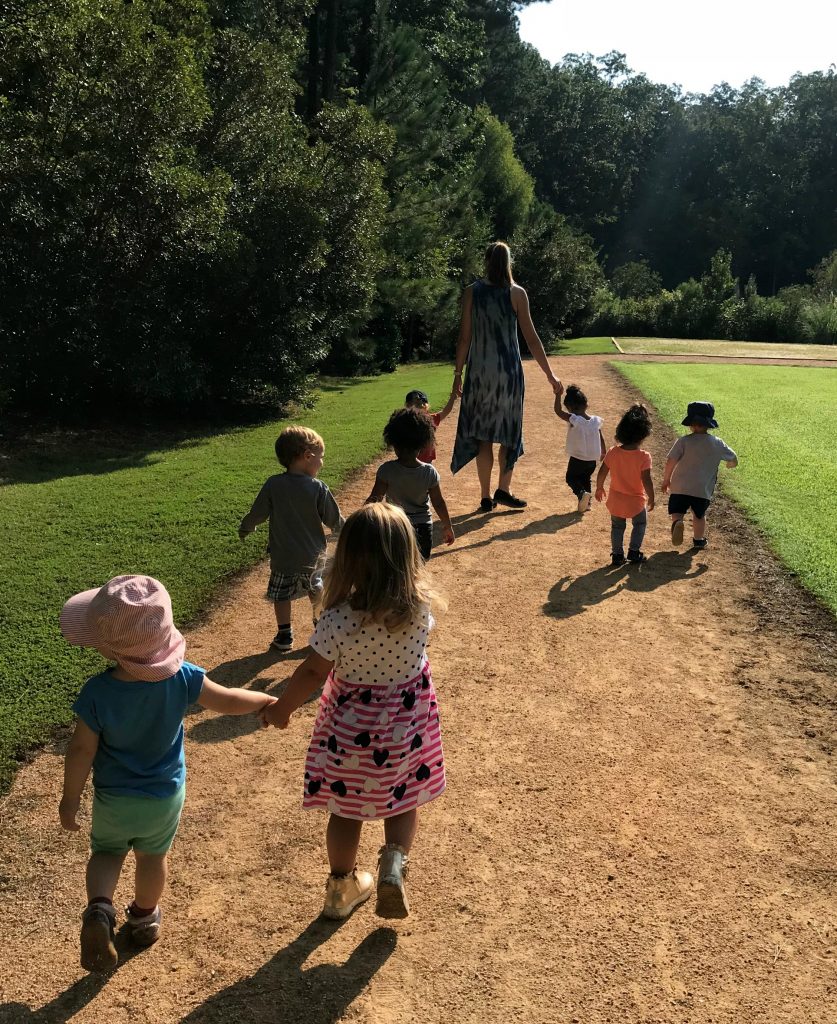Conflict Resolution Strategies With Toddlers
By Camille Perkins, Lead Toddler Teacher

Setting limits is paramount for a balanced classroom and also helpful when raising toddlers. Daily predictable rhythms and transitions help blanket the children in trust. When toddlers trust us, they are then able to begin learning. Toddlers have an internal emotional struggle between dependence and independence and it helps them make choices and feel independent when they know what to expect. This is true in the classroom and at home!
The way we speak with children reveals our attitude toward children, which is why we use responsive not restrictive language at school. Responsive language is language that conveys a positive regard for children, as well as respect for and acceptance of their individual ideas and feelings. It encourages verbal give and take, independent thought, and implies alternatives and choices. Reasons and explanations are provided. We facilitate limit setting and conflict resolution by guiding the children; confronting and dealing with situations and problems that arise on a daily basis and ultimately help them develop self-control and self-management skills.
We must always remember that when toddlers do something, there is a reason. They do not have the rationale we have as adults and are learning to navigate their feelings and surroundings. Toddlers rely on our responses to guide them to the proper path. It is important in conflict resolution strategies that we acknowledge children’s feelings so they feel heard. Sometimes that is all that is needed.
Here are a few examples of what responsive and restrictive language looks like:
Responsive language is a willingness to treat someone like you would want to be treated. At the toddler level, we would bend down so that we are at their eye level. We would make eye contact and use a low voice. We want to give the child our full attention in this moment; sometimes our actions speak louder than words. We sit with them in their conflicted or sad moment to let them know that we are there for them, right here and now. Have your moment little one, I am here for you. We acknowledge and validate their feelings. You are sad and it is okay to be sad.
Restrictive language begins when we change our tone of voice and body language. We want to control the situation because we need to be somewhere and don’t have time to “deal” with the situation. We are frustrated and know that spilled milk is not the end of the world but to the toddler, it is a very big deal. Remember the last time you were upset about something? Now think if someone was beside you ignoring your feelings or telling you to hurry it up.
Ultimately, in the toddler environment, we speak positively to children rather than telling them not to run (or take work, or throw) we would remind them to use “walking feet inside”(or helping hands). We want the children to feel valued and important, but that doesn’t mean we allow them to do whatever they want.
Toddlers need limit setting and look to us for guidance. They are children in transition and are rapidly developing neurologically, emotionally, physically, cognitively, linguistically. Our role as caregiver and educator is so very important as Maria Montessori stated; “The child has a different relation to his environment from ours…..the child absorbs it. The things he sees [and hears] are not just remembered; they form part of his soul.”
